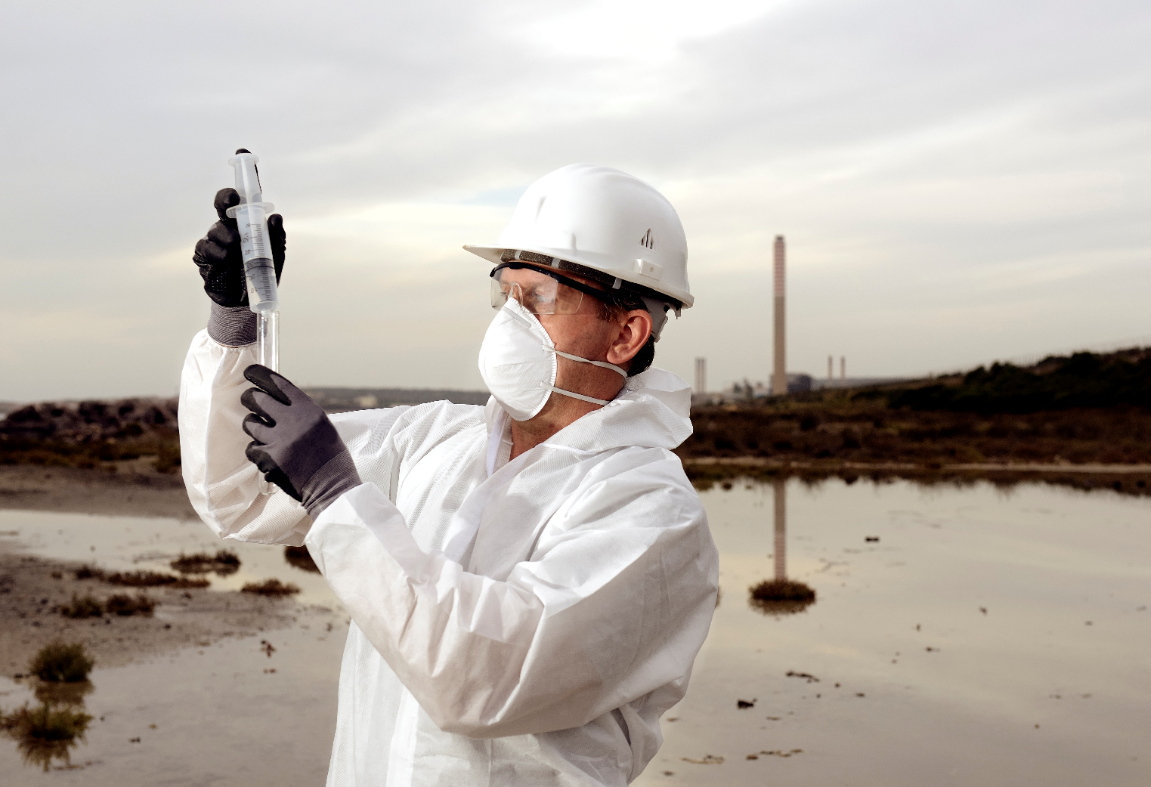Environmental Site Assessment (ESA) plays a vital role in identifying potential environmental risks and liabilities associated with a property. Among the various phases of ESA, Phase 1 Site Assessment is the critical initial step. This article provides essential insights into Phase 1 Site Assessment, its significance, and key considerations for conducting a thorough assessment. Understanding this phase is crucial for property developers, investors, financial institutions, and environmental consultants alike.
The Phases of Environmental Site Assessment
Phase 1 ESA
Phase 1 Site Assessment is the preliminary investigation phase. Its primary objective is to identify potential environmental concerns related to a property. During this phase, qualified environmental consultants conduct a detailed site inspection, review historical records, and conduct interviews with past and present property owners, occupants, and other relevant parties.
Phase 2 ESA
If Phase 1 ESA reveals potential environmental risks, the next step is Phase 2 Environmental Site Assessment. This phase involves a more in-depth investigation, including soil and groundwater sampling and laboratory analysis. The goal is to confirm the presence of contaminants and assess the extent of contamination. Phase 2 ESA is necessary to determine whether remediation measures are required.
Legal and Regulatory Framework
ESA is subject to various environmental regulations and standards established by government agencies. Compliance with these regulations is essential to avoid potential liabilities for property owners. Failing to conduct proper ESA can result in significant financial consequences and legal penalties. Therefore, engaging qualified environmental consultants and adhering to the regulatory framework is crucial.
Key Considerations for Conducting ESA
- Professional Expertise and Qualified Consultants: Hiring experienced environmental consultants with expertise in ESA is vital. Their knowledge and skills ensure accurate assessments and timely reporting, minimizing risks and uncertainties for property stakeholders.
- Thorough Historical Research: Historical records review is a fundamental aspect of Phase 1 ESA. It helps identify past activities and potential sources of contamination, giving valuable insights into the property’s environmental history.
- Understanding Site-Specific Conditions: Each property is unique, and its environmental risks may vary. Environmental consultants must consider site-specific conditions, such as geology, hydrology, and proximity to sensitive receptors, to accurately assess potential impacts.
- Community and Stakeholder Engagement: Engaging with local communities and stakeholders is essential. Their knowledge of the site’s history and potential issues can provide valuable information during the assessment process.
Common Environmental Contaminants and their Impact
- Soil Contaminants: Soil contamination may result from various sources, such as industrial activities, previous land use, or accidental spills. Industrial chemicals, heavy metals, and petroleum hydrocarbons are common soil contaminants. These contaminants can pose risks to human health and the environment.
- Groundwater Contamination: Contaminants can leach from the soil and enter groundwater, posing a serious long-term threat to water resources. Groundwater contamination can affect drinking water quality and disrupt aquatic ecosystems, leading to ecological imbalances.
Benefits of ESA for Different Stakeholders
- Property Developers and Investors: ESA helps identify potential liabilities before property acquisition, allowing developers and investors to make informed decisions and negotiate fair terms. Addressing environmental concerns early on can save significant costs and prevent project delays.
- Financial Institutions and Lenders: Lenders rely on ESA reports to assess potential risks associated with properties used as collateral. A comprehensive ESA report enhances their confidence in financing such projects.
- Environmental Consultants and Service Providers: Conducting ESA creates business opportunities for environmental consultants and service providers. Their expertise in offering solutions and remediation measures is invaluable for clients.
- Government and Regulatory Agencies: ESA aids government and regulatory agencies in monitoring environmental compliance and enforcing regulations. It helps maintain environmental standards and protects public health and natural resources.
Case Studies: Real-Life Examples of ESA Outcomes
- Successful Remediation and Redevelopment Projects: Several properties that underwent thorough ESA and subsequent remediation have been successfully redeveloped for safe and sustainable use.
- Challenges and Lessons Learned from ESA Implementation: Some case studies reveal the challenges faced during ESA and how proactive measures can prevent environmental risks and minimize liabilities.
Emerging Trends in Environmental Site Assessment
- Integration of Technology in ESA: Advanced technologies, such as remote sensing, drones, and data analytics, are revolutionizing ESA, making it more efficient and accurate.
- Sustainability and Green Remediation Practices: Focus on sustainable remediation techniques is gaining prominence, ensuring that environmental restoration aligns with ecological and community needs.
- Global Initiatives and International Best Practices: Environmental organizations and governments worldwide are collaborating to develop international best practices, harmonizing ESA standards and regulations.
Conclusion
Phase 1 Site Assessment is the foundation of an effective environmental management plan. Understanding the significance of ESA and conducting it diligently is crucial for identifying environmental risks and making informed decisions. By engaging qualified consultants, adhering to regulations, and considering site-specific conditions, stakeholders can ensure sustainable development while safeguarding the environment for future generations.



